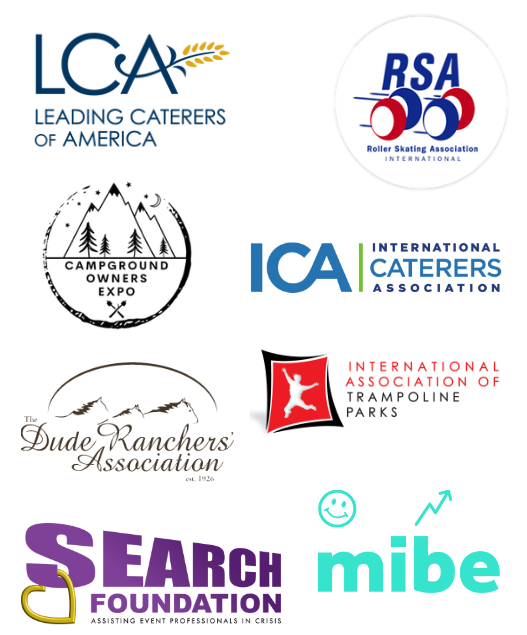Beating the Heat: Navigating Food Service in Summer Temperatures
/School is out, days are long, and temperatures are up — it’s summertime! This year, we’re on track to experience one of the hottest summers ever, which will significantly impact the catering and events industry. Historically hot destinations, like Florida and Arizona, typically quiet down during the season due to the weather, but record temperatures may also have a greater effect on other regions.
Fortunately, with enough forethought, high temperatures don’t have to get in the way of top-notch service and food quality. Keep these summer-friendly catering tips in mind as you work with the weather instead of against it.
Get familiar with the venue layout
While most venues are well-equipped for indoor events, some properties may require an extra dose of creativity for outdoor setups, especially in the thick of summer. Uneven terrain or a lack of power outlets can negatively impact everything from food safety to presentation quality. When working with a new-to-you venue, schedule a walkthrough to inspect the grounds and confirm that you’ll have everything you need to store, chill, prepare, serve, and dispose of food safely and efficiently.
Develop a reliable backup plan
From triple-digit temperatures to summer showers, there’s no denying that Mother Nature is unpredictable. However, that doesn’t mean you can’t plan for weather surprises. Contingency plans are essential for a successful event, even if you never have to use them. Consider how you would handle sudden changes like moving venues due to flooding or losing power from a thunderstorm. Once you’ve established a plan B (and possibly a plan C), discuss the game plan with your team to ensure everyone is prepared for anything.
Prepare menus to beat the heat
The ideal summer menu is filled with light dishes to keep guests comfortable in the heat. Avoid rich, creamy dishes and carb-heavy meals, which can leave people feeling sluggish. Caterers must also find a balance between cooling foods and those that can withstand high temperatures. For instance, raw bars are a refreshing option but are prone to spoilage when served in a hot outdoor setting. In such cases, extra preparations should be made, such as using ice troughs or pre-frozen granite serving platters.
Protect your team from the weather
Outdoor celebrations often have longer guest lists than their indoor counterparts, so you’ll need to staff summer events wisely to ensure full coverage. Hiring additional help also allows more time for team members to take breaks from the heat and humidity. Beyond that, you must take precautions to keep your staff cool and comfortable. Encourage them to dress for the heat and avoid setting up tables in the direct sun. It’s also worth setting up a beverage station with water, iced tea, or lemonade for guests and employees to stay hydrated throughout the door.
We may be in for a scorcher this year, but that doesn’t mean you have to be a victim of the summer! A proactive approach to menu design, onsite setup, and personnel management will keep the adverse effects of heat at bay so your clients’ guests will feel refreshed and ready to have some fun in the sun.
Clint Elkins is the V.P. of Sales forSB Value, a Group Purchasing Organization that helps culinary professionals save an average of 16% on every food order. Membership is 100% free. No hidden fees. No extra work. Just extra profits. See how much you can save on your next food order when you become an SB Value member.Request a quote today.











